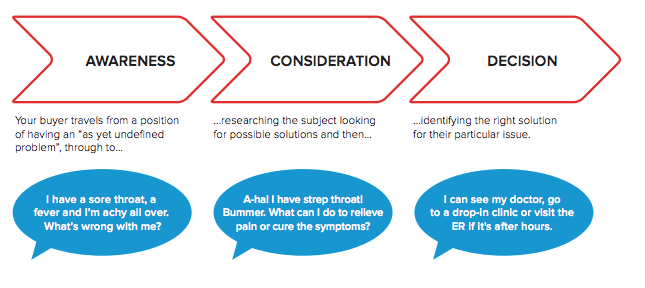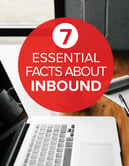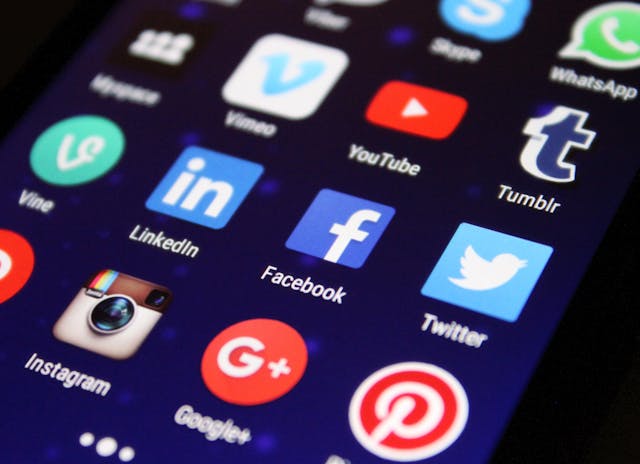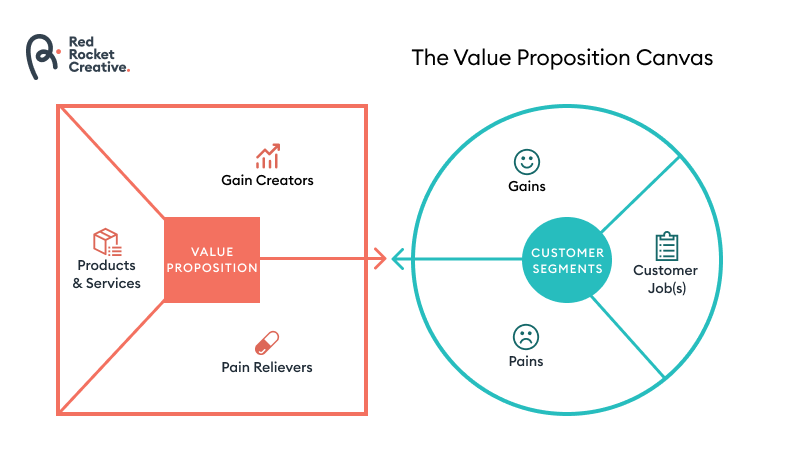Inbound marketing has become quite the buzzword in recent years. And it’s more than just a trend - a growing number of B2B companies are integrating this powerful technique into their marketing mix, with impressive results.
When done right, inbound marketing can produce targeted, measurable, and effective results for businesses across a wide range of industries. One of the main reasons why inbound marketing is gaining momentum is that it employs an entirely different approach that is far more consumer-centric than traditional marketing methods.
So, how exactly does inbound marketing work, and what makes it so appealing? Let’s take a look at each of the four inbound marketing stages, and why they are so fundamental to a successful marketing program.
The Four Stages of a Successful Inbound Marketing Strategy
Stage 1: Attract Potential Customers
As the old saying goes, everything in marketing starts with getting your customer's attention. By conducting some simple market research, you can develop a profile of your ideal customer (also known as a "buyer persona" in the inbound marketing methodology). You can then publish focused blog content that addresses the concerns, questions, and pain points of this potential prospect (at their stage in the buyer’s journey.)

For example, perhaps your ideal customer is a 45-year-old CFO at a construction company in the Lower Mainland. A smart inbound marketer would create highly targeted blog content that addresses the specific business challenges that this person might encounter, such as strategies for lowering their company’s operating costs.
Additionally, each blog post should be optimized with relevant keywords using SEO best practices in order to be easily discoverable by search engines.
Another important element to include in your inbound marketing strategy is social media engagement. By working consistently to grow your social media presence, you can build a community around your product or service offering in a very natural, authentic way.
This will attract more people to your solution without you having to beg, bug, or buy your way into their sphere of influence.
Stage 2: Convert Website Visitors into Leads
At this stage, you have a key opportunity to obtain the contact information of your website visitors, but you must employ a strategic approach to successfully capture those leads. Many marketers fail to capitalize on this delicate opportunity due to poor planning or lack of expertise.
One fundamental principle is that you have to give in order to get. People don't relinquish their contact information easily, especially in this new era where customers are more in control of their path to purchase than ever before.
Do your best to provide value by offering high-quality premium content (in the form of an ebook, white paper, checklist, etc.) in exchange for your visitors' contact information.
From your blog post, you can create a well-placed, compelling call-to-action that encourages visitors to click through to a landing page. Your well-designed landing page will require visitors input their information in order to download the offer.
For best results, ensure the premium content is closely related to the topic of the blog post. Continuity of thought and concept will reinforce the value and relevance of the offering in the mind of your customer.
Stage 3: Close Leads as Paying Customers
 This is the stage in the process where you begin to turn qualified leads into paying clients.
This is the stage in the process where you begin to turn qualified leads into paying clients.
Email marketing is a highly effective technique to use during this stage. It allows you to nurture the leads you've generated through engaging and highly targeted messaging.
Proper list segmentation is a critical component of your email marketing efforts. It's crucial for you to send the right content, to the right person, at the right stage in the buyer's journey.
For example, you could establish an email workflow that targets your construction company CFOs who are in the awareness stage of your sales funnel. These emails could provide tips on how to recognize areas where money and/or resources are being wasted on the job, along with simple solutions that can help them prevent it in the future.
The goal is to then keep nurturing these leads with appropriate content so they keep moving through the sales funnel to become customers.
On the back end, you will need to ensure that there is smooth, consistent and effective communication between your marketing and sales teams, so that there can be an integrated effort from the beginning to the end of the sales funnel.
Your marketing team will be responsible for generating and nurturing leads, and your sales team is responsible for identifying real sales opportunities and closing them. Sales should regularly report back to marketing regarding how many of those leads are being converted into paying customers.
As this information is being exchanged, it will create a sense of teamwork and rapport between the two departments, and it will encourage each team to fine-tune their efforts for optimal results.
By utilizing a feature-rich CRM software (we recommend HubSpot or Salesforce) to manage your email nurturing, lead tracking, and other marketing efforts, your sales team can see which emails, web pages, blog posts, and premium content offers have received the most interaction and response from prospects.
This will result in a highly personalized and remarkably effective sales process.
Stage 4: Delight Customers to Keep Them Coming Back
Surprisingly, many businesses neglect this stage to their own detriment. If your clients are delighted, they will be more likely to praise your company to others, resulting in one of the most powerful forms of earned media on the planet: Word-of-mouth marketing.
Referrals and repeat customers are the biggest source of revenue for many businesses, and if you master this stage, you will contribute to the growth of your business in a way that encourages long-term stability.

Using social media to connect with clients is a highly effective way to keep the relationship fresh, provide attentive customer service, and show your appreciation for the people who are purchasing your products and services.
Follow your clients on Facebook, Twitter, and LinkedIn, and make it a habit to interact with their posts on a regular basis.
You can also use email to interact with your current clients in a variety of ways, including:
- Pointing them to educational content found in your blog posts and videos
- Offering product or service-specific white papers, which will serve as a reminder to customers that you really are the best source of information for their specific issues
- Sending event invites, which can provide you with a great opportunity to interact with your clients face-to-face
- Sending newsletter updates to keep your customers in the loop regarding your business
- Offering surveys, which will give you a chance to ask clients what they think about your product or service, as well as what they would like to see from your company in the future
Conclusion
The powerful thing about inbound is that you can connect your marketing efforts to your sales performance. With inbound marketing, your company will spend far less time chasing leads, and the cost of client acquisition will be much lower.
Attract customers by publishing blog content targeted to specific buyer personas. Offer high-value premium content in exchange for your visitors’ contact information, and nurture those new leads through the sales funnel with targeted email workflows.
Finally, don’t forget to keep the relationship with your existing customers fresh. Continue to interact with them on social media, through email, and of course, face-to-face when possible.
Master the four inbound marketing stages, and you will have a strong foundation upon which you can continue to grow your business for years to come.
Holly Thomson
Digital Marketing Strategist Holly loves communicating with others, sharing information, and building connections. With creativity and technical skill, she uses her storytelling talents to communicate effectively with key audiences. One of her favourite things is helping clients meet their goals, whether that means increasing online influence, acquiring more leads, or growing a customer base.







